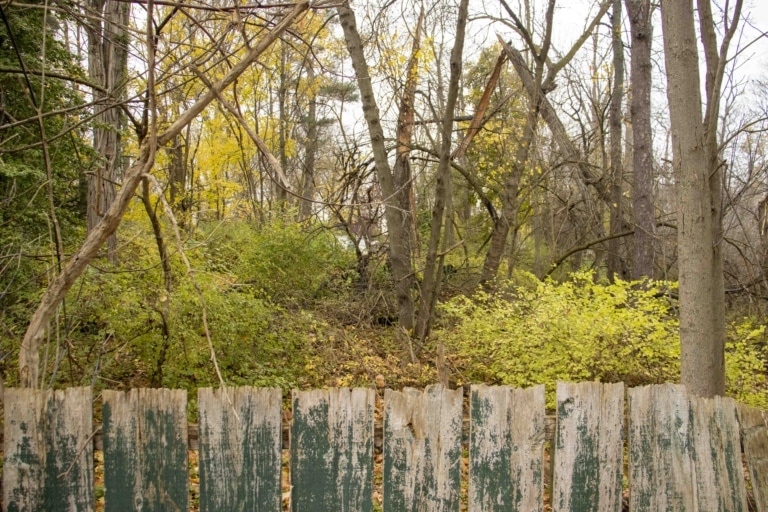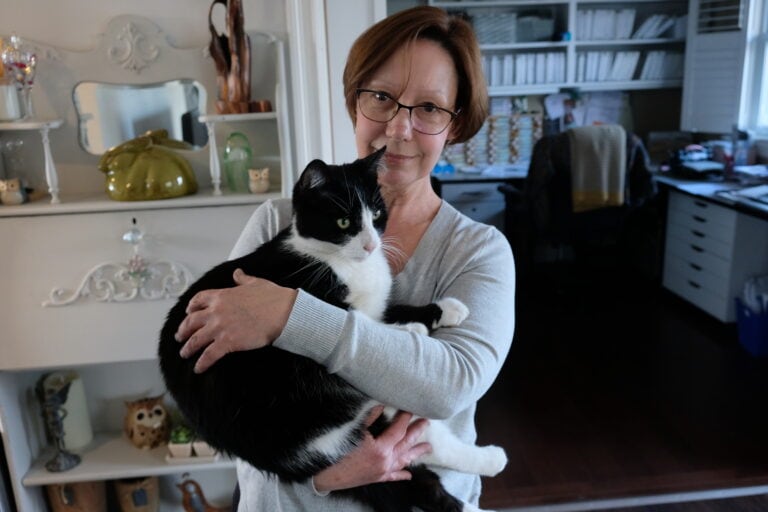SUBMITTED BY CLAIRE CRONIER.
OPINION
I was quite disappointed to read in The Lake Report that a tree bylaw was passed by council on Dec. 5, 2018.
How is it that a topic of such controversy in the past — with no immediate solution although discussed at several meetings by council in the past year — was miraculously untangled and a bylaw enacted at the very first meeting of the newly elected council, when so many questions remain unanswered?
Where is the master plan on urban design which included the management of trees? Where is the report on public consultation with respect to a tree bylaw? Were other options offered by residents? Where is the impact study on the environment? Where is the cost/benefit analysis of such a bylaw or other options? What is the impact on stakeholders including taxpayers? Who was representing property owners and the intrusion of such a bylaw on property rights at this meeting?
Discussions on Dec. 5 failed to address the issues and options from a governance perspective. Talking about species of trees that will make it to the list of acceptable choices is not governance. Carrying out public consultation to discuss the implications of the bylaw and measuring its impact after it has been enacted is working backwards.
When I supported a change of leadership in last the election, I was aiming for higher standards — specifically, more rigorous and evidence-based approaches to decision making.
What is the problem?
It has been said repeatedly that the need for a tree bylaw in NOTL was a response to developers clear cutting lands.
I understand the concern for urban greening. Admittedly I am a “tree hugger,” but I also think we need to remain rational and apply smart goals in our approach to any decision.
If clear cutting land is the real issue, let’s deal with the real issue. Let’s ask the appropriate questions and find the appropriate solutions.
The Town of Oakville for example is working with the province to provide additional tools to protect trees through the development process.
Joint advocacy efforts by like-minded municipalities directed at the provincial government is worth considering; clearly the issue is not limited to NOTL. There may be other solutions.
In my eyes, an over-broad municipal bylaw that infringes on the rights of private property owners is not the best course of action to stop “clear-cutting.”
It’s like trying to catch a fly with a baseball glove. A fly swatter would do a much better job. And property owners have rights.
Tom DeWeese, an expert on private property rights, argues private property ownership is the single-most effective tool to eradicate poverty.
Yet for homeowners across the nation, property rights have been reduced to the obligation to pay taxes and a mortgage — while nearly every other decision about the use of the private property is made by some level of government.
“Without the right of use, property ownership becomes a barren right,” DeWeese adds.
A tree bylaw on private property in NOTL is of concern to me. It further erodes property owners’ rights and freedom to make wilful decisions about the landscape on their private property.
Benefits and drawbacks of trees in urban design
Yes, trees offer many benefits. They create an ecosystem to provide habitat and food for birds and other animals. Trees absorb carbon dioxide and potentially harmful gasses, such as sulfur dioxide, carbon monoxide, from the air and release oxygen. No one argues that a canopy of trees may even provide physical and mental health benefits.
But some trees and overcrowding of trees can also physically and negatively alter the temperature, chemistry and biology of the landscape. Here are a few examples:
Over-crowding can stress trees making them more susceptible to certain insects and diseases. Over-crowding can also lead to the disappearance of indigenous plants and animal species. Deprived of low-intensity and naturally occurring light, some trees and plants can’t reproduce. Threatened owls and raptors can’t navigate through increasingly dense thickets which may lead to an overpopulation of rodents.
Canopies can block an important source of sunlight making it very difficult to grow vegetable gardens and many sun-seeking flowers.
The cost of maintaining healthy trees or managing debris and the cost associated with damage by falling branches or overgrown tree roots is also an important consideration for both Residents and the Municipality.
Urban greening
Green planning is crucial for all urban communities. But it needs a broader knowledge-based discussion. Choosing the appropriate combination of plants and trees, understanding their impact on the environment, on diverse neighbourhoods and on maintenance costs, including the need for water, fertilizers, insecticides and pesticides must be discussed and weighed.
Candidates unanimously supported the importance of finalizing the Strategic Plan to guide future municipal action as part of their election campaign. All agreed we must clearly define our vision, mission and value statements before moving forward.
Yet NOTL hasn’t had a serious talk about trees and urban greening.
Nor have we discussed our preferred course of action to achieve our goals. Bylaws are one tool used to deal with municipal matters. But they tend to add red tape and are punitive by nature. They can foster vigilantism which may lead to erosion of community cohesion. Bylaws require legal input and enforcement resources — all of which come at a cost to taxpayers.
Greening our urban environment on private property can easily be addressed using other tools. Public education, awareness campaigns, incentives, tree planting events and community involvement. These tend to foster greater community goodwill and positive sustainable change.
Without a thorough analysis of options and open discussions on how many regulations and bylaws we want to achieve our goals, a tree bylaw on private property is premature.










